Overview
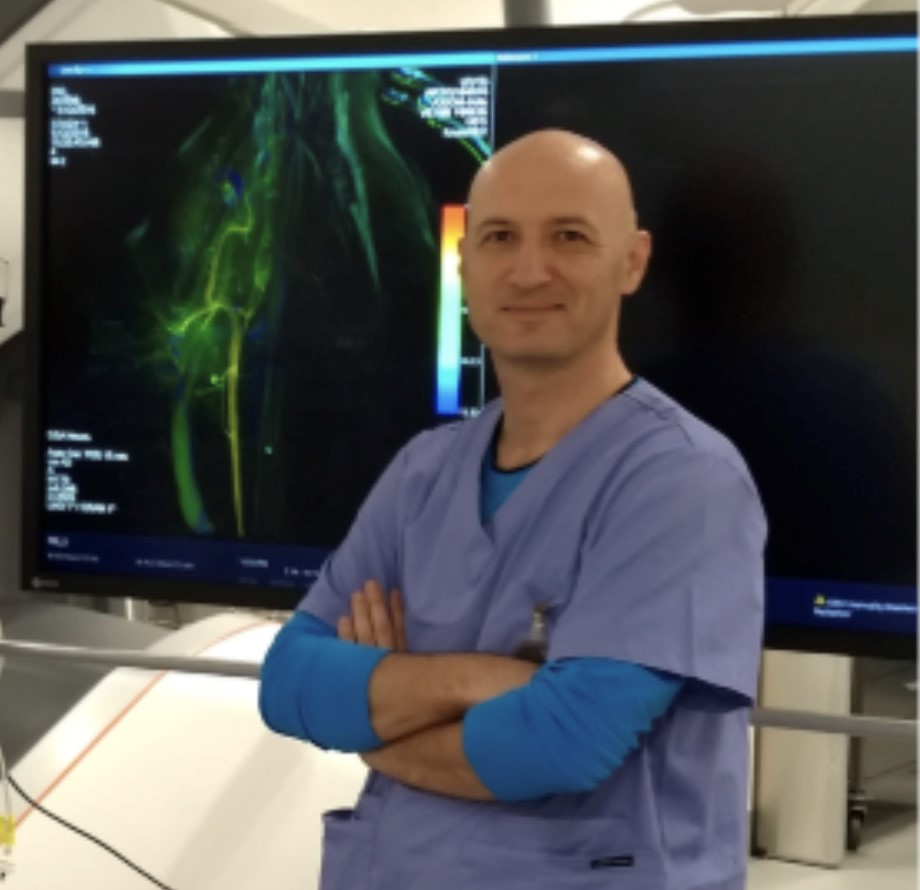 Associate Professor Cakmak
Associate Professor Cakmak
We are dedicated to improving patient outcomes through innovation at the point of care. Diagnostic and therapeutic Medical Wearables, mobile Health applications for telemedicine, and optimized monitoring and objective informed decision-making software can revolutionize patient care and save lives.
Using our translational expertise, we marry biomedical engineering, computer science, and digital modelling with the aim of empowering clinicians to make better-informed decisions remotely and also at the bedside.
Our extensive team includes clinicians, neonatologists, physicists, neuroscientists, engineers, computer and data scientists, and animal technicians.
Contact
Associate Professor Yusuf Ozgur Cakmak
Tel +64 3 479 4030
Email Yusuf.cakmak@otago.ac.nz
Lab page: www.cakmaklab.com
Research
Medical Wearable Technologies (Wearables)
Wearables in healthcare is a category of electronic devices that can be worn, printed on skin or embedded in smart clothing to collect the patients' health information for e-diagnostics and to modulate organs systems as therapeutics.
Our theme researchers in Dunedin Campus are running numerous novel wearable projects, including (but not limited to) wearable olfactory nerve stimulator, wearable gastric neuromodulator, wearables for Parkinson Disease, Stroke-derived aspiration alleviation technologies funded by HRC and Medtech Core NZ in collaboration with national and international collaborators. Our theme also collaborates with the Biomaterials theme for embedded systems in smart suits. With the Internet of Things(IoT), such wearable technologies open horizons for timely intelligent medical analytics and remote management for diagnostic and therapeutic applications.
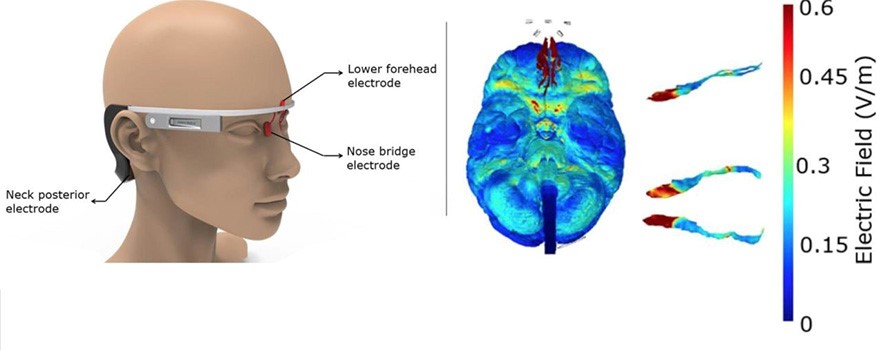
https://www.otago.ac.nz/news/news/otago760863.html
https://www.bbc.com/future/article/20210302-how-your-sense-of-smell-predicts-your-overall-health
Mobile Health (mHealth)
mHealth is defined as the "use of mobile and wireless technologies to support the achievement of health objectives." by the World Health Organisation who indicated that “mHealth has the potential to transform the face of health service delivery across the globe.”
mHealth comprises a wide range of remote technologies, including mobile phone or tablet apps to electronic displays embedded into robotics and webcams assisted tools, miniaturized systems, and (but not limited to) the Virtual Reality and Digital Humans. The rapid adoption of such devices running medical applications enabled digital health for telemedicine with the Internet of things (IoT).
In the University of Otago, Dunedin Campus, we are running novel mHealth projects on diagnostic, and monitorization for Concussion, Posttraumatic Stress Disorder, Parkinson's Disease motor symptoms and Cardiovascular Diseases in collaboration with national and international research centres.
Decision-making software
The Precision Health in Surgical and Intensive Care (PHySIC) group combines active clinical research, novel clinical databases, and machine learning to determine patient status and needs in critical care.
PHySIC is an open-source, anonymous archive database holding continuous wave-form data alongside the usual clinical information sourced from ICU's and intraoperative spaces across New Zealand's District Health Boards.
Through relationships with Wellington Regional Hospital, Capital Coast DHB, and clinical collaborators, our team is actively working towards creating a novel, New Zealand-specific medical database based on MIT's MIMIC (Multi-parameter Intelligent Monitoring in Intensive Care).
Data scientists and machine learning experts at the University of Otago, Wellington, and Victoria University Wellington are using the PHySIC database to create predictive models for sepsis, and cardiac surgery risk, the potential for innovating treatment with predictive models, extends to every corner of New Zealand critical care.
Medical engineering
Translational and clinical researchers at the University of Otago Wellington campus have partnered with physicists and engineers at Victoria University Wellington with the aim to innovate bedside brain-health detection.
Through this collaboration, they hope to validate brain diagnoses and monitoring in an accessible paradigm. Making these capabilities more available will empower more clinicians in their decision making and lead to better care of critical neurological disorders.
Research facilities
Dunedin Campus
- 32 channel Wireless EEG - Hybrid Multichannel transcranial Direct Current Stimulator(tDCS)
- 8 channel tDCS
- Wireless & wearable eye tracker
- taVNS (transauricular Vagal Nerve Stimulator)
- Infrared non-contact muscle function monitorization (hand avatar)
- Virtual Reality/Augmented Reality/Mixed Reality Systems/Headsets
- fMRI compatible Olfactometer
- Wireless ECG/EMG
- Wireless EGG (Electrogastrography)
- Near-infrared spectroscopy (Body and Brain)
- BIS index monitorisation
- Non-invasive peripheral Nerve stimulators (TENS, PENS)
- Ultrasound
- Non-contact Haptic stimulator
- Multiple mobile phones and tablets for mHealth applications
Wellington Campus
The Centre for Translational Physiology at the University of Otago can offer unique research facilities such as:
- Whole body room calorimeter
- DXA scanner
- Ultrasound (transcranial, vascular, cardiac)
- Near-infrared spectroscopy
- Cardiopulmonary bypass
- Wireless physiological monitoring
Our people
The team, led from University of Otago Dunedin campus, includes anatomists, physiologists, psychologists, surgeons, neonatologists, computer and data scientists, and engineers.
Point-of-care research lead
Associate Professor Yusuf Ozgur Cakmak, Wearables, mHealth and non-contact systems.
Investigators
- Associate Professor Max Berry (Department of Paediatrics and Child Health, Wellington)
- Associate Professor Jeremiah Deng (Information Sciences, Dunedin)
- Senior Lecturer Mei Peng (Senior Lecturer, Dept of Food Science, Dunedin)
- Associate Professor Melanie Bussey (Biomechanics and Director of the Motion Analysis Research Lab, Dunedin)
- Professor Mauro Farella (Medical implants/devices, smart brasses, Dentistry, Dunedin)
- Professor Micheal Schultz (Gastroenterology, Mobile Health applications, Dept of Medicine, Dunedin)
- Professor John Reynolds (Wearable Ultrasound for in vivo drug delivery, Dept of Anatomy, Dunedin)
- Dr Jerin Mathew (EEG neurofeedback, pain modulation, Dept of Anatomy, Dunedin)
- Associate Professor Shieak Tzeng (Department of Surgery and Anaesthesia, Wellington)
External collaborators
- A/Prof Paul Teal (PHySIC, Victoria University, Wellington)
- A/Prof. Peng Du (Auckland Bioengineering Institute, Auckland)
- Prof.Maggie-Lee Huckabee (University of Canterbury, Christchurch)
- Prof.Nikola Kasabov (Auckland University of Technology, Auckland)
- Dr Sergei Obruchkov (Victoria University of Wellington, Wellington)
- Prof. Una McCann (Johns Hopkins University, USA)
- Prof. Alexander Sack (Maastricht University, Netherlands)
- A/Prof. Teresa Schuhmann (Maastricht University, Netherlands)
Publications
Yang AHX, Khwaounjoo P, Cakmak YO. Directional effects of whole-body spinning and visual flow in virtual reality on vagal neuromodulation. J Vestib Res. 2021 May 12. doi: 10.3233/VES-201574. Epub ahead of print. PMID: 34024797.
Spicer C, Khwaounjoo P, Cakmak YO. Human and Human-Interfaced AI Interactions: Modulation of Human Male Autonomic Nervous System via Pupil Mimicry. Sensors (Basel). 2021 Feb 3;21(4):1028. doi: 10.3390/s21041028. PMID: 33546217; PMCID: PMC7913357.
Cakmak YO, Nazim K, Thomas C, Datta A. Optimized Electrode Placements for Non-invasive Electrical Stimulation of the Olfactory Bulb and Olfactory Mucosa. Front Neurosci. 2020 Nov 12;14:581503. doi: 10.3389/fnins.2020.581503. PMID: 33262684; PMCID: PMC7688457.
Fan, J.-L., Nogueira, R. C., Brassard, P., Rickards, C. A., Page, M., Nasr, N., & Tzeng, Y.-C. (2021). Integrative physiological assessment of cerebral hemodynamics and metabolism in acute ischemic stroke. Journal of Cerebral Blood Flow & Metabolism. Advance online publication. doi: 10.1177/0271678x211033732
Fan, J.-L., Brassard, P., Rickards, C. A., Nogueira, R. C., Nasr, N., McBryde, F. D., … Tzeng, Y.-C. (2021). Integrative cerebral blood flow regulation in ischemic stroke. Journal of Cerebral Blood Flow & Metabolism. Advance online publication. doi: 10.1177/0271678x211032029
Barclay, H., Mukerji, S., Kayser, B., O'Donnell, T., Tzeng, Y.-C., Hill, S., … Fan, J.-L. (2021). Respiratory alkalinization and posterior cerebral artery dilatation predict acute mountain sickness severity during 10 h normobaric hypoxia. Experimental Physiology, 106, 175-190. doi: 10.1113/EP088938
Fan, J.-L., O'Donnell, T., Lanford, J., Croft, K., Watson, E., Smyth, D., … Tzeng, Y.-C. (2020). Dietary nitrate reduces blood pressure and cerebral artery velocity fluctuations and improve cerebral autoregulation in transient ischemic attack patients. Journal of Applied Physiology, 129, 547-557. doi: 10.1152/japplphysiol.00160.2020
Ali, H., Brooks, C., Crane, J., Beasley, R., Le Gros, G., Holgate, S., … Pattemore, P., Tzeng, S., … Douwes, J. (2020). Autonomic nervous system activity in adolescent asthma. Respirology, 25(Suppl. 1), (pp. 38). doi: 10.1111/resp.13777
Collaborators
Academic
- A/Prof. Peng Du, Auckland Bioengineering Institute
- Prof.Maggie-Lee Huckabee, University of Canterbury
- Prof.Nikola Kasabov, Auckland University of Technology
- Dr Sergei Obruchkov, Victoria University of Wellington
- Capital and Coast District Health Board
- Wellington Regional Hospital: Paediatrics and Child Health, NICU
- Victoria University of Wellington
Industry
- Elucimed Ltd (PHySIC-based technology)
- Wellumio
CAPABILITIES
![]()
Realtime muscle activity tracking and display. Developed by A/Prof. Yusuf Cakmak
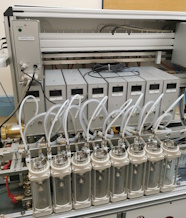
fMRI compatible Olfactometers
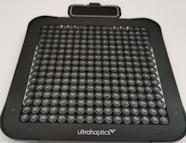
Haptics stimulators and sensors
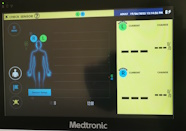
Cerebral and Somatic perfusion monitoring
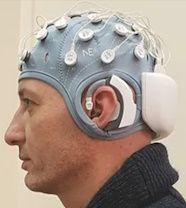
Transcranial stimulators and EEG
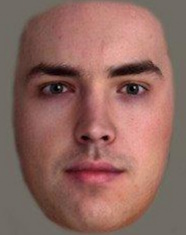
AI interfaced digital humans
